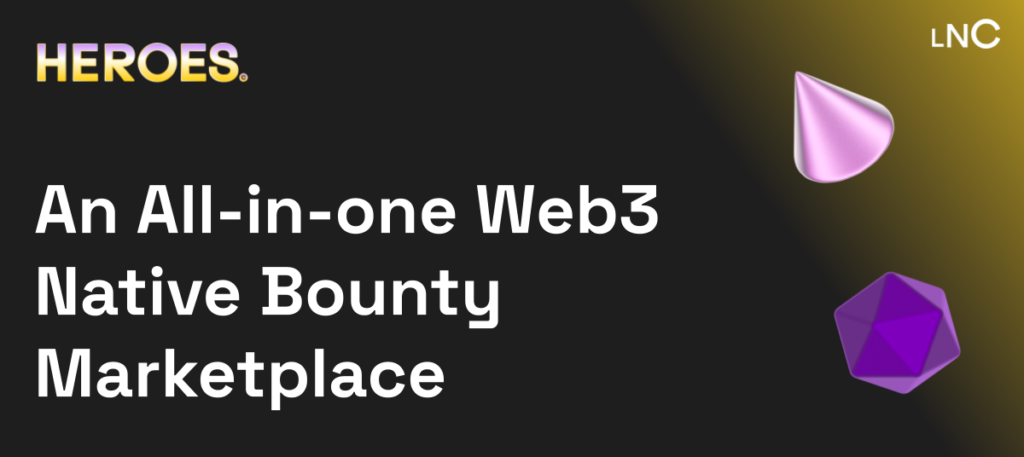Intro to NEAR Account
- NEAR uses account identifiers that are readable by humans in the format name.near. For example, maria.near or jane.near.
- The NEAR account system is similar to the website domain system in the sense that an account can create as many sub accounts as needed. For example, an account with the name maria.near can create an account like sub.maria.near, and it in turn can create the accounts first.sub.masha.near, second.sub.maria.near and so on.
- NEAR Wallet (https://wallet.near.org/) ( NEAR Protocol wallet), NEAR Faucet (https://faucet.paras.id/) (a faucet for Ethereum и Metamask users) or near-cli (https://github.com/near/near-cli) (command line interface that delivers functionality for NEAR integration) can all be used to create an account.
- In NEAR you can create an account and send it to a friend or subscriber as a gift with the help of the https://nearnames.com service.
- You can check account information in the NEAR Explorer (https://explorer.near.org/) as well as the NEAR Wallet
- Besides visible accounts (name.near type), the NEAR ecosystem also supports the creation of invisible accounts with the help of near-cli (they look similar to Bitcoin and Ethereum addresses). You can find a detailed English guide here
- Every account in the system can have only 1 smart-contract. For apps that require the user to use multiple smart contracts child accounts can be used. For example contract_1.maria.near, contract_2.maria.near, etc.
- There are developer accounts (https://docs.near.org/docs/concepts/account#dev-accounts) in the NEAR ecosystem. Their specialty lies in the fact that they are made for testing and debugging smart contracts.
NEAR ACCOUNT – Keys
- NEAR like most other blockchains is based on cryptography with an open key. It relies on pairs of keys each of which consists of an open key (public key) matched with a closed key (private key).
- NEAR uses the open key for identification and the closed key for signing transactions (confirmation of account ownership during transaction creation).
- In NEAR there are 3 types of keys. Access keys are for signing transactions from the account, validator keys allow for operations relating to network validation, node keys (network node) allow for low-level communication between nodes on the network.
- Keys can be stored in 3 different storages. InMemoryKeyStore – memory storage, used for temporary scenarios. BrowserLocalStorageKeyStore – unencrypted local browser storage, used to work with applications in the browser. UnencryptedFileSystemKeyStore – unencrypted storage in the file system, used when working with near-cli.
- An account can have multiple access keys or none.
- Keys can have different access levels – FullAccess (full access) or FunctionCall (only the ability to call contract methods).
- All keys are unique within one account, but the public key can be assigned to different accounts with different access levels. The access level determines what actions in the account can be performed with this key.
- For the FullAccess access level, all 8 types of actions are available: CreateAccountAction (create an account), DeployContractAction (deploy a contract), FunctionCallAction (call contract methods), TransferAction (send tokens to another account), StakeAction (staking tokens), AddKeyAction (add a key to an account), DeleteKeyAction (delete an account key), DeleteAccountAction (delete an account).
- For the FunctionCall access level, only the FunctionCallAction is available (calling contract methods). Also, for such a key, you can specify which contract methods it can call.
Generate comment with AI 2 nL




Top comment
Thanks for your guide
The future is Near!
Great !!! thanks !
thank you!
I like near community
Thank you, Robert! Updated!
Near is the the fastly growing community.
Access keys
The access keys link is now redirected to https://learnnear.club/docs/concepts/new-to-near/, which doesn’t provide detailed introduction about keys.
The docs here might be a good reference: https://docs.near.org/docs/develop/node/intro/types-of-node